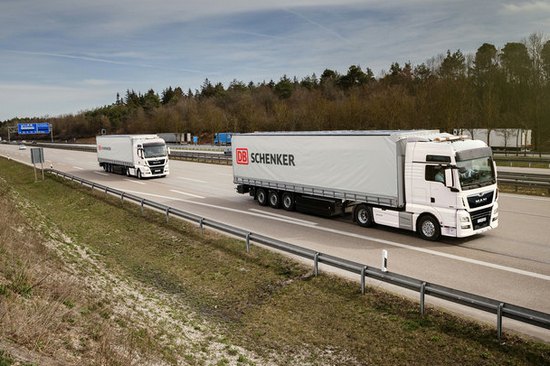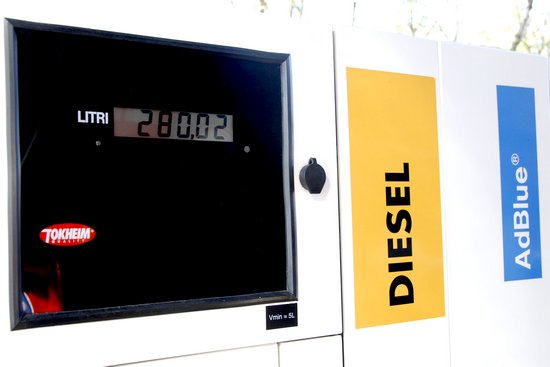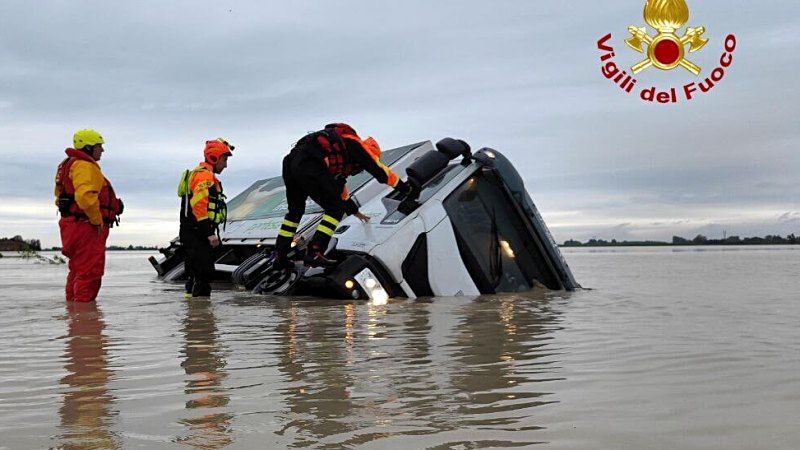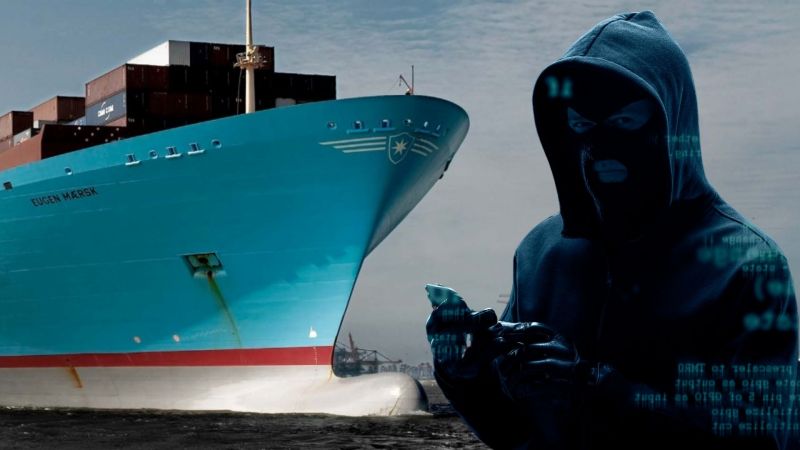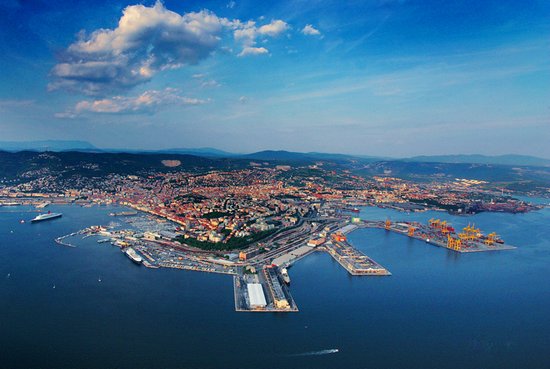In November 2023, the Finnish government sealed off several border crossings, effectively halting traffic along the entire Russo-Finnish border, spanning a total distance of 1,400 kilometers. Originally set to last until February 18, 2024, the closure has been extended until April 14, 2024. This measure, which Lithuania might also adopt, aims to limit the influx of migrants but has significantly impacted railway and truck traffic. In early February, the Lithuanian National Security Commission proposed suspending the flow of goods, transportation, and people through certain border crossings, yet restrictions were also imposed on crossings along the Belarusian border.
Given the challenges in trade relations with Russia, particularly due to sanctions, Finnish authorities are also considering a project that would create an extremely interesting route for industrial vehicles. This would be a road link between Finland and central Sweden, allowing for a significant reduction in the reliance on maritime transport in favor of road transport.
Currently, about 90% of transports reach Finland by ship. The only existing road connection with Sweden is located in the far north of the country, about 750 kilometers from Helsinki. This situation poses a security threat because, in the event of a possible conflict with Russia, maritime transport could easily be blocked. Hence, the idea of a road connection between the Finnish city of Vaasa and the Swedish city of Umea was conceived.
This new route would be in much milder climatic conditions and only 400 kilometers from Helsinki. Thus, organizing circulation with 34.5-meter vehicles, already officially permitted in both countries, would create a real alternative to ferry traffic. Vaasa and Umea are about 100 kilometers apart, separated by a long bay of the Baltic Sea. The Finnish project entails the creation of a series of bridges and elevated roads, leveraging islands and natural seabeds.
A preliminary project for this connection has been presented, requiring investments for about 60-80 kilometers, of which approximately 25 kilometers would be dedicated to a single bridge. It would stretch between the islands of Valassaaret in Finland and Holmögadds in Sweden and, according to current estimates, the construction would cost between three and five billion euros.
In the coming months, a study will be conducted to analyze potential environmental losses and economic gains. The results will be ready by spring 2025, after which Finns and Swedes can plan their next steps. This bridge, as proposed, would be three times longer than the famous Øresund Bridge, which connects Sweden with Denmark, and still half the length of the world's longest bridge, linking Hong Kong and Zhuhai in China.
Marco Martinelli

















































